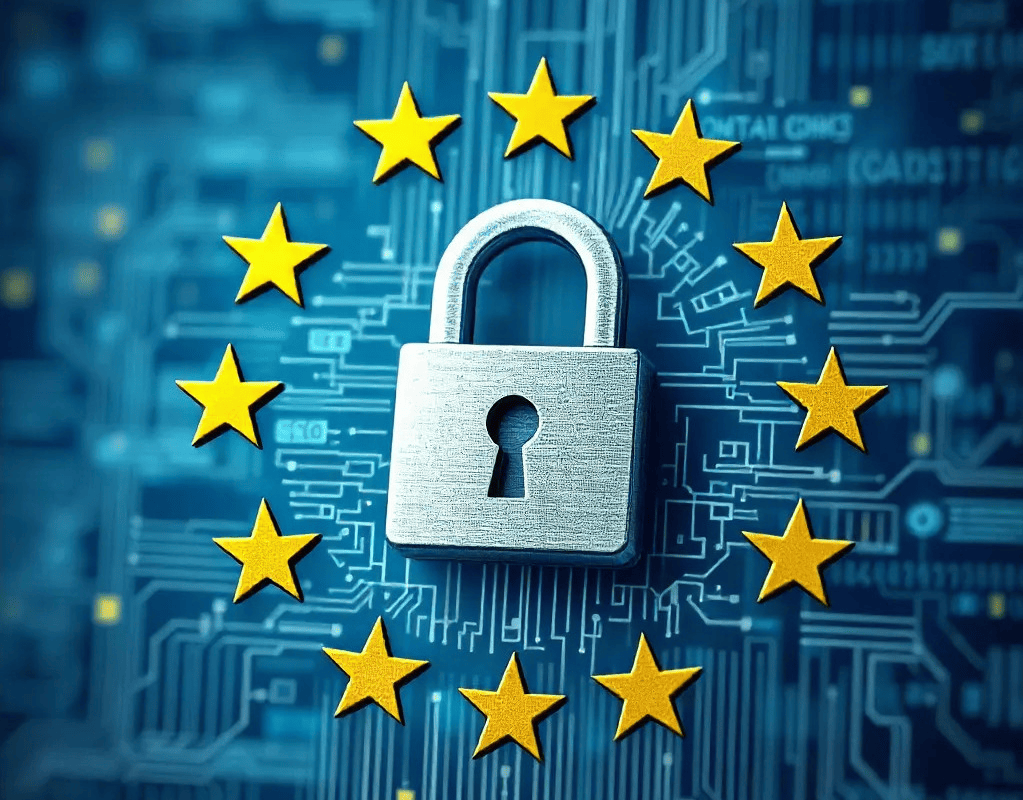
Temporary Email in the Context of GDPR and Data Protection
In an era where data privacy has become a paramount concern, regulations such as the General Data Protection Regulation (GDPR) have been instituted to protect individuals' personal information within the European Union and beyond. As organizations adapt to these stringent requirements, innovative solutions like temporary email services have emerged as valuable tools for both businesses and consumers. This article explores the role of temporary email in the context of GDPR and data protection, highlighting its benefits, implications, and best practices.
Understanding GDPR and Its Implications
The GDPR, which came into effect in May 2018, sets a high standard for data protection and privacy. It mandates that organizations must obtain explicit consent from individuals before collecting and processing their personal data. Moreover, the regulation grants individuals several rights, including the right to access their data, the right to rectification, and the right to erasure. Organizations that fail to comply with GDPR can face hefty fines, making data protection a critical aspect of modern business operations.
The Role of Temporary Email Services
Temporary email services provide users with disposable email addresses that can be created and used for a limited time. These services allow individuals to engage with online platforms, make purchases, or sign up for newsletters without disclosing their permanent email addresses. In the context of GDPR, temporary email can serve as a valuable tool for enhancing user privacy and minimizing the risks associated with data collection.
Enhancing Privacy and Control
One of the primary advantages of using temporary email addresses is the enhanced privacy they offer. By allowing users to sign up for services without revealing their actual email addresses, temporary email can help individuals maintain greater control over their personal information. This is particularly relevant in light of GDPR, which emphasizes the importance of informed consent. Users can choose when and where to share their data, reducing the likelihood of unsolicited communications and potential data breaches.
Mitigating Data Breaches and Risks
Data breaches are a significant concern for both consumers and organizations. Temporary email services can help mitigate the risks associated with data collection by providing a buffer between users and the platforms they engage with. If a company that has collected temporary email addresses experiences a data breach, the risk of exposing users' actual identities is significantly reduced. This aligns with GDPR’s principle of data minimization, which encourages organizations to limit the amount of personal data they collect and store.
Compliance with GDPR Principles
Using temporary email addresses can assist organizations in complying with various GDPR principles. For instance, the regulation emphasizes the need for data minimization, meaning that companies should only collect data that is necessary for their specific purposes. By encouraging users to utilize temporary email addresses, organizations can limit the amount of personal data collected while still providing access to their services. Furthermore, GDPR requires organizations to implement appropriate security measures to protect personal data. By minimizing the amount of sensitive information collected and stored, companies can reduce their exposure to risks and demonstrate their commitment to data protection.
Best Practices for Organizations
While temporary email services offer numerous advantages, organizations must approach their implementation thoughtfully to ensure compliance with GDPR. Here are some best practices to consider:
- Transparency: Clearly communicate to users the purpose of collecting their data and how temporary email addresses will be used. Transparency fosters trust and aligns with GDPR’s requirement for informed consent.
- Data Retention Policies: Establish clear data retention policies for temporary email addresses. Ensure that users understand how long their data will be stored and when it will be deleted.
- Security Measures: Implement robust security measures to protect any data collected, even if it is limited to temporary email addresses. This includes encryption and access controls to safeguard against unauthorized access.
- User Rights: Ensure that users are aware of their rights under GDPR, including their right to access, rectify, and erase their data. Provide clear instructions on how users can exercise these rights.
- Regular Audits: Conduct regular audits to assess compliance with GDPR and evaluate the effectiveness of data protection measures. This proactive approach can help identify potential areas of risk and improve data handling practices.
Conclusion

In conclusion, temporary email services emerge as a valuable resource in the context of GDPR and data protection. By enhancing user privacy, mitigating risks, and aligning with the principles of data minimization, temporary email can help both individuals and organizations navigate the complexities of data privacy in the digital age. As data protection continues to be a critical concern, leveraging temporary email services can contribute to a safer and more compliant online environment for all stakeholders involved.